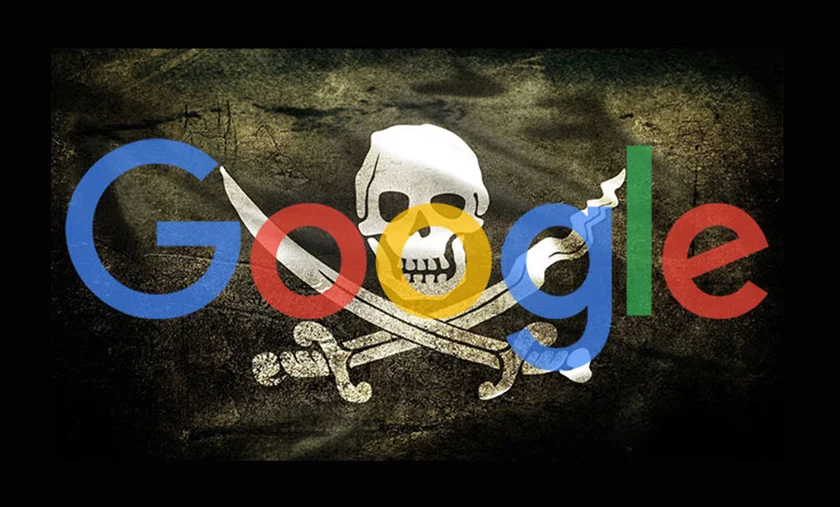What is Google Pirate Algorithm?
It has probably happened to you to see a wholly copied text and article on several different sites. Many sites constantly seek to emulate other areas instead of producing unique and unique content themselves. Also, many sites have stolen different versions of movies, games, and software from the original sites and providers and offer them for free or at a lower cost. To fix this copying, Google introduced its pirate algorithm in 2012.
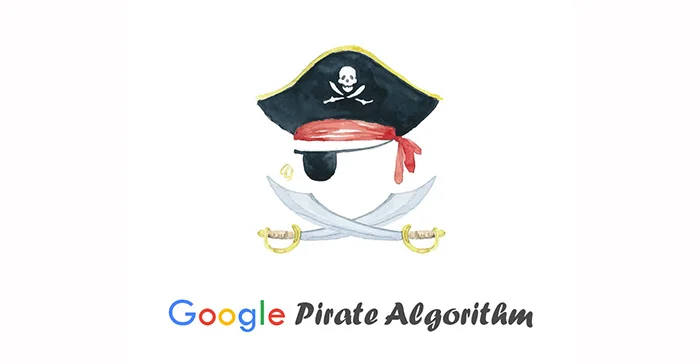
What does content theft include?
When it comes to content, our minds probably go to text articles that we read on different sites, while in the wide world of the Internet, any image, video, audio file, software, game, and content can be copied and stolen. Imagine that you have spent months of time, energy, and money designing a game and then offering it on your official website at a reasonable price.
SEO fraudsters get access to the raw file of your game and put it on their site for free or at a much lower price. Your content has been stolen from Google.
Another example is that if you write the term download Microsoft software in your search engine, you will be shown various sites above the leading Microsoft site that have placed the file of this software on their site for download. All of these are placed alongside copied text, video, and audio in the category of content theft in Google, which the pirate algorithm seeks to deal with.
What is the Pirate Algorithm?
The pirate algorithm or Google Pirate was first used in 2012, and its purpose was to identify copycat sites from original sites. With the expansion of competition in the Internet world, many people and places, instead of providing quality and upgrading their sites, resort to illegal solutions such as copying content from other places, so that only in July 2016, more than 88 million complaints of copied content were filed and submitted to Google.
Copying the content causes the amount of traffic to the original site to decrease dramatically, and the original owners of the content, software, or game provided cannot see the natural result of their work and effort. The pirate algorithm was updated again in 2014, and changes were made to identify copycat sites with more power and accuracy and penalize or even remove them.
The most penalized areas of the pirate algorithm are related to sites that illegally provide different versions of software, movies, games, etc., to users. One of the most famous foreign sites is 4Shared.com, whose pirate algorithm removed more than 42 million pages from Google’s index.

What is the Difference between the pirate algorithm and the panda algorithm?
If you are familiar with Google algorithms, you probably know the Panda algorithm. Google always seeks to identify good and quality sites so that users can find the best content they need in the search. On the other hand, it aims to identify and remove fraudulent sites to create a healthy and suitable environment for users and site owners.
Google uses the Panda algorithm to deal with stolen and copied content. However, the basis of its work is entirely different from that of the pirate algorithm. Panda focuses more on duplicated content and text and identifies and removes them, while the pirate algorithm looks for duplicated versions of software, programs, and various files. Together, these algorithms provide a complete set to prevent content theft.
What sites does the pirate algorithm penalize?
The pirate algorithm’s basis of operation is the complaints that are submitted to Google. If there are no complaints, Google will measure the content delivery time. That is, the site that first placed content is recognized as the original site and identifies subsequent sites as copycat sites. In this case, it gives a higher rank to the leading site and places the following sites in the lower results of search engines.
In the second case, it is when the pirate algorithm encounters a complaint from the site. A place has complained to another site that it illegally published its content for download. In this case, the pirate algorithm pays attention to the various factors of the complaining site, including the amount of traffic, domain, credibility, and different ratings, such as Alexa, and acts accordingly. What does it mean? Imagine an unknown site suing the big and global Amazon store. This complaint usually does not go anywhere because the Amazon site’s rank and position are much higher than the complaining site.
If the sites’ rankings are in a range or the number of complaints about a place is high, the pirate algorithm will check them obsessively and carefully and fine the offending site.
- Sites that get all their content from another location.
- Sites that copy their content from multiple other sites.
- Sites that use other people’s resources without mentioning the source.
These sites are all the first-line defendants of the pirate algorithm, and this algorithm fights against them.
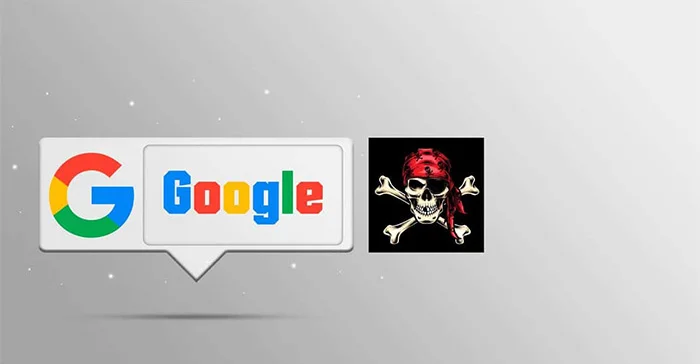
What is the Penalty of the pirate algorithm?
Well, now we want to know how this algorithm penalizes offending sites. Does it remove all of them and punish them? The answer to this question is no. If the number of complaints from a site is limited, this algorithm will delete only the page related to the copied file. For example, if a site offers an illegal movie version, in case of a complaint, only the related page will be removed, and the rest of the site’s pages will remain.
If the number of complaints about a site is very high, i.e., there are many complaining sites and the site has a lot of copied content, the pirate algorithm can remove the site in general or penalize it.
How do we avoid the Penalty of the pirate algorithm?
As a site manager, you must be familiar with all Google algorithms and know how to deal with them. It would help if you tried to use SEO solutions and improve your site’s ranking to find your correct position among hundreds of competing sites.
The essential and critical point to avoid the Penalty of the pirate algorithm is to produce unique and unique content. More than anything else, Google pays attention to the uniqueness of the content, whether it is textual content, audio, video, photo, etc. Therefore, try to put comprehensive and unique range on your site.
You can place your resources on sites with other languages and translate their content in compliance with SEO principles. You can read books, magazines, and different sources and put a comprehensive and complete range on your site. You can also read the contents of other sites and publish their abstracts in your language on the site. In any case, try to make your content memorable and unique.
Under no circumstances can you copy it? Sometimes, it may be necessary to publish a file, such as an audio file of a specific personal speech, on the Internet. In this case, copying and publishing it will also be penalized by the pirate algorithm. In answer to this question, it should be said that copying some content is, of course, without obstacles, provided that the source is mentioned. You can also put such files on your site, but you must cite their origin.
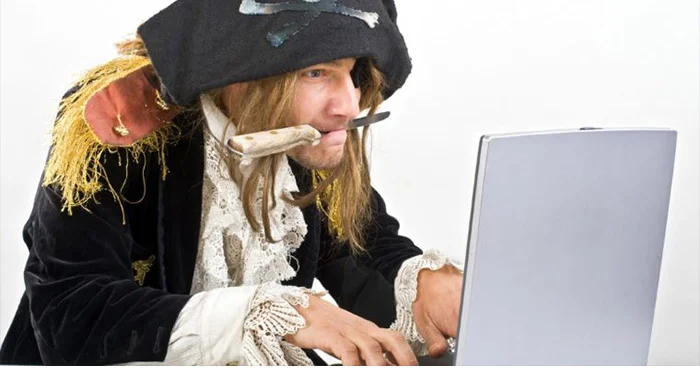
Is there a possibility of error in the pirate algorithm?
Could you put unique and excellent content on your site, but Google considers another site that copied your content as the original site and source? Unfortunately, we have to say yes! But how?
Some sites copy the content of other sites and place it on their site with high speed and a high number of automatic robots. Since these sites publish content quickly and are active, search engines check them faster than other sites.
Imagine that you have published content on your site, and without realizing it, a copycat robot publishes it on your site as well. If Google visits the copycat site before your site and indexes it, it considers that site as a reference, and you are the one who is known as the copycat! So that this problem does not happen to your site, we will tell you what to do next.
How do you prevent your content from being copied?
Up to this point, we got acquainted with the pirate algorithm, its operation, and ways to avoid being fined. Now, we want to know how to protect our content from being copied.
To prevent your content from being copied, publish it on other virtual pages that you have in addition to the website. With different editing software, you can put your name or the name of your site in the desired file so that others cannot easily copy it.
If you have designed and presented software, a game, or any specific file, you can limit the possibility of copying it several times using special software. It means that every person who buys and downloads your file can only install it on their system and not send it to others.
Introduce the content you have placed on your site to Google quickly so that it is indexed sooner than copycat sites.
Internal linking is another measure that can prevent the site from being copied by fraudulent sites.
Put your content on the site at a particular time. For example, if you add two ranges to your site every week, upload them on two specific days, such as Saturdays and Wednesdays, and at a particular time, such as 10 a.m. By doing this, Google’s crawling robots are conditioned and visit the site precisely at these times to index your content. As a result, your article will be indexed before the copied content of other sites and placed as the original reference content.
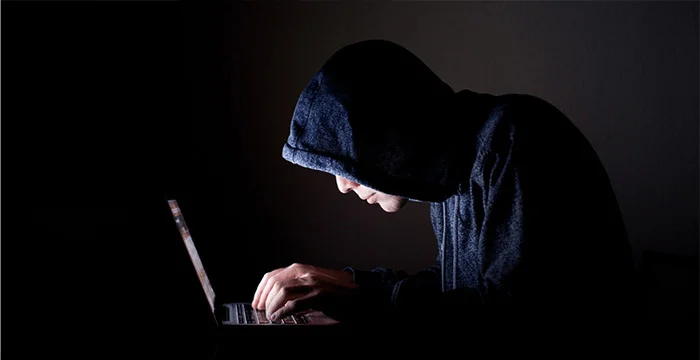
How do you report the pirated content of your site to the pirate algorithm?
Despite all your efforts to produce exceptional and unique content, there is a high possibility of it being copied by fraudulent and infringing sites. To report such copying, you can use the DMCA service, which stands for Digital Millennium Copyright Act.
This law was passed for the first time in America to protect the interests of content producers and prevent illegal copying. If you also find that another site has illegally stolen your content and placed it on your site, follow the steps below.
- Enter the DMCA website and click on Create New Notice.
- On the page that opens for you, enter the required personal information.
- Write your description and complaint in the first field. (All information and forms must be written in English, so try to write clearly and correctly when writing.)
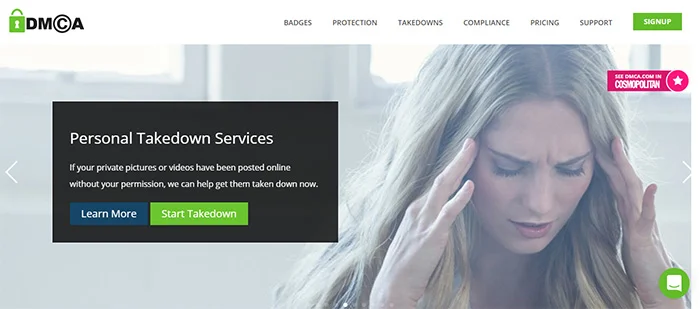
In the following field, enter the address of the page or pages of your site from which the content was stolen. Note that you must enter the address of the desired page in this field and do not enter the general domain of the site.
Enter the address of the offending website in the last field.
It only takes a few minutes to fill out and submit this information, but it may take a long time for Google’s human resources to review it because Google receives thousands of complaints daily, it deals with in order. Therefore, after sending a complaint, you have not stopped the regular process of updating and uploading new content on your site, but you have to wait for the answer of the pirates’ algorithm.
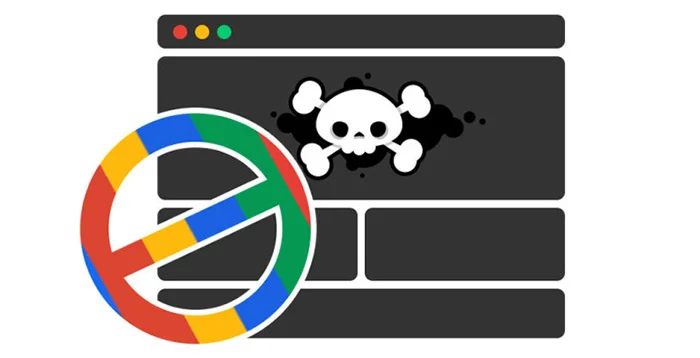
Conclusion
The pirate algorithm is another algorithm used by Google to combat copycat sites. The main field of activity of this algorithm is to provide downloadable versions of various files, programs, software, and movies, which the offending sites steal from the leading site and place them on their site for free or for a fee.
